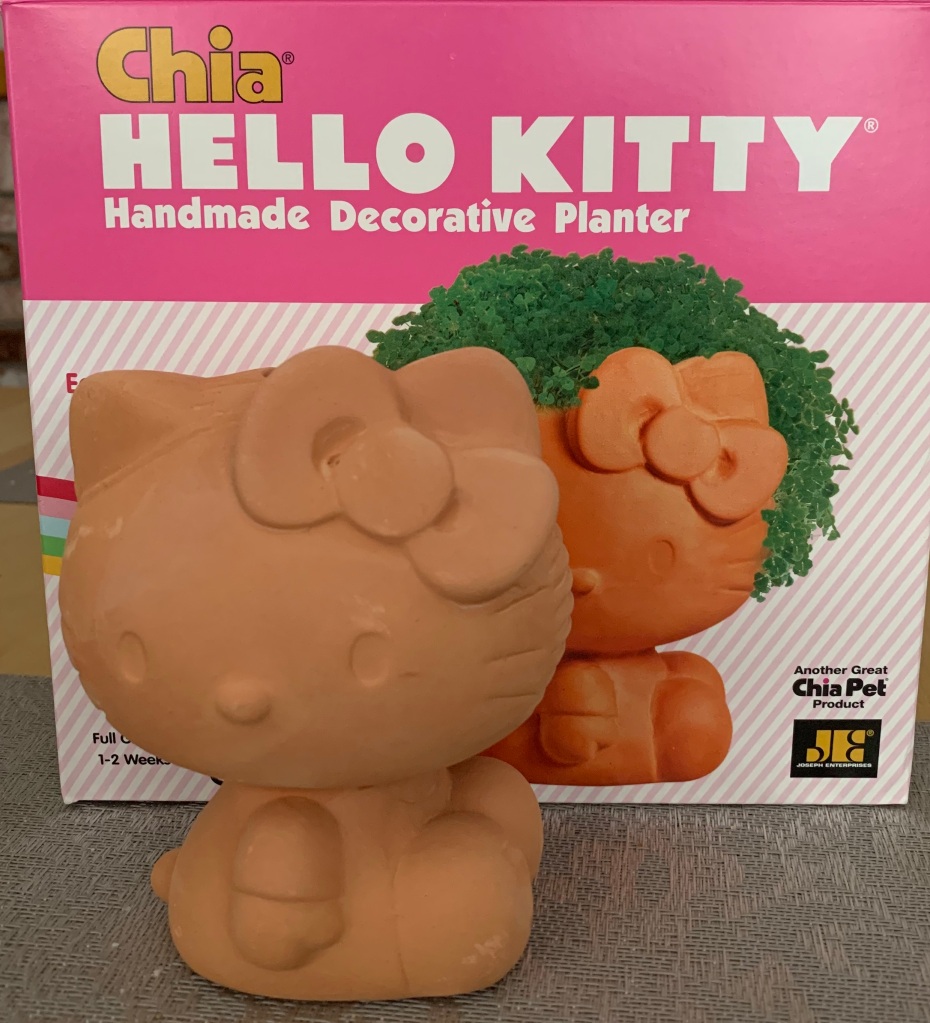Just 15 days ago, I posted a somewhat quick introduction to Chia farming as well as a quick guide to Chia hardware starting points and, a few days later, a step-by-step build of the Intel NUC 10th gen plotter inspired by chiadecentral. Today I posted the start of a Frequently Ungoogled Chia Questions post that I will add to over the coming weeks.
I expected a few dozen people in the Telegram chats I was in to read it, and some Tech Field Day cohorts, and a few random bots on Twitter.
Well…

Over 50,000 readers later, I’m pretty shocked. In fourteen days it surpassed the former leaders, Cisco UCS for beginners – an end-user’s overview and Five fun and useful uses for an extra PCI slot, to become the most read post in my site’s 10 year history.
Lots of comments have shown that it was useful and provoked interest and thought, as well as showing that not everything was fully covered in that post and its follow-ons (hence the new Frequently Ungoogled Chia Questions post).
And a lot of you were kind enough to use my affiliate links to buy your Chia gear (and some other things I’m sure), for which this between-jobs blogger is grateful.
What’s new, Chia-cat? Whoa, whoa whoa…

Since those posts came out, Chia transactions went live a week ago, with a peak price on some exchanges of around US$1500 per XCH and a current price of around US$1000 (as I type this). (Click the link or the image for current charts from CoinGecko.)
The world of Chia will become more interesting next week when the pool protocol and design come out from Chia HQ. Like other crypto pools, this development will make it possible to spread out work and rewards more evenly than solo mining/farming.
It is not expected to end solo farming, which is what has been going on since mainnet opened in March. So if (like me) you’re plotting and farming already, you can keep those plots up and available for another few years and hope for more rewards.
How’s your hardware going?

From left to right: Dell Precision T7910, cheap EMC and Dell SAS arrays for supplemental storage, Dell precision T5810
You may remember from my original post that I’m running Chia on my Ryzen 5 3600 desktop (not pictured), a T7910 beast workstation (pictured above), and a T5810 mini-beast (pictured above). Last week I built a NUC-based plotter, and except for filling up the stopgap slow storage drives, and maybe running a little bit warm, it’s worked pretty well so far.
I’ve taken a liking to the Micron P420m PCIe flash cards, although they’ve become more scarce lately. These are PCIe 2.0 x8 cards that may be branded Micron, EMC, or HP, with 700GB or 1400GB of storage, and write endurance of 9000 and 18000 TBW respectively…
if you have the spare slots, cards like these are pretty good, and while they’re not photonics-speed, they’re quite fit for purpose. Consider other brands, and check with the seller for any details on SMART or other lifespan monitoring data available. A couple of mine had apparently never been powered up before, but a member of our Telegram chat got one that was a lot closer to demise.
If you can’t find the affordable PCIe cards, datacenter-class SSDs are always showing up, for as low as $200 for a 1.6TB drive (good for 5 plots) . And as mentioned in a previous post, if your motherboard supports PCIe bifurcation, there are several 4x NVMe cards available to get your high speed storage right on the bus.
Where do we go from here?
Send your questions in if you have something not answered on the posts so far. I’m thinking about a NUC build video, as I have an older one that’s almost identical in build, so if you think videos or other topics would be good to see.
I’ll be trying to consolidate storage this week, and upgrading the T5810. Right now I have 40+ TB of underutilized space in my SAS arrays, and some 12TB white label drives to test out and put into use.





 Feel free to shop in your preferred venues online or locally, or if you already have components, use them. These links are Amazon affiliate links, and if you use them, I get a few bucks to go toward my next hardware adventure. (I bought my NUC and RAM from Central Computer, a local computer store in Silicon Valley, and the NVMe drive came from Amazon.)
Feel free to shop in your preferred venues online or locally, or if you already have components, use them. These links are Amazon affiliate links, and if you use them, I get a few bucks to go toward my next hardware adventure. (I bought my NUC and RAM from Central Computer, a local computer store in Silicon Valley, and the NVMe drive came from Amazon.)